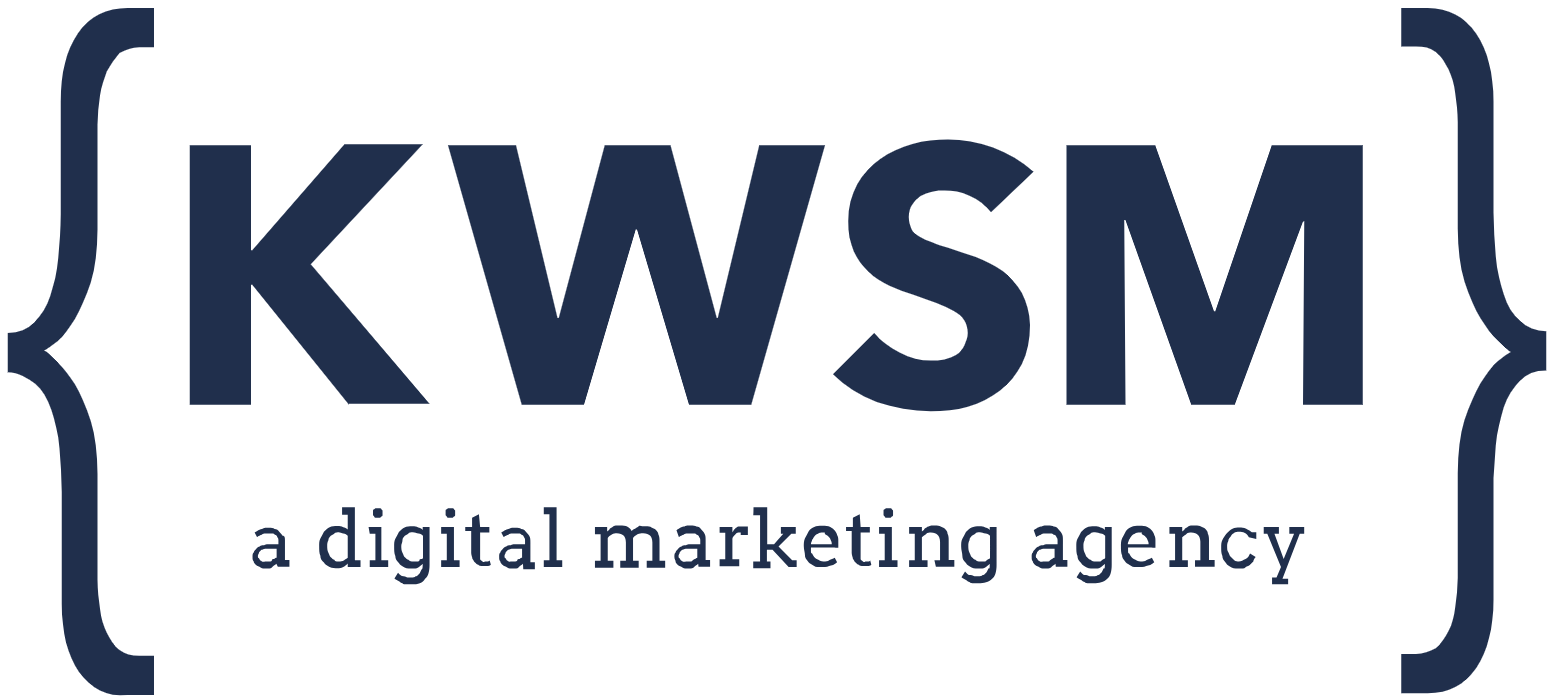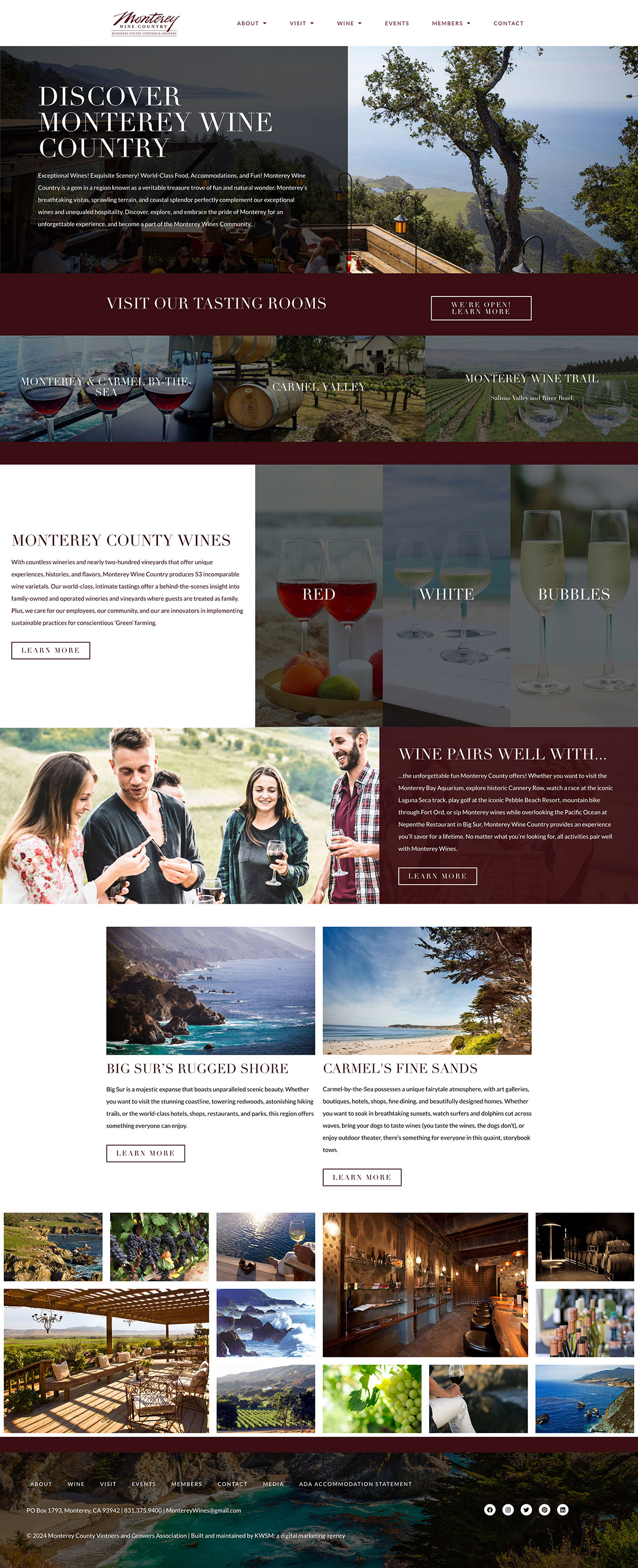
Segmented Email Lists
In your email marketing database, you likely have hundreds if not thousands of customer and prospect email addresses. Although most of those contacts want to hear from you, they will not all respond to the same message. This is why segmenting your lists is the key to having the most success with your email marketing campaigns.
Segmenting your email lists means breaking your current contacts into subgroups, so that you can send custom messages to each audience. These groups could include past clients, new subscribers, those that have only purchased part of a product or service, and those that have abandoned their carts. You should also separate prospects from dead leads to help you connect with the most qualified people.
As a result of dividing your lists and sending out the right messages, your emails will have better open rates and generate more revenue and leads. Segmented email campaigns have an open rate that is 14.32% higher than non-segmented campaigns. Emails sent to segmented lists also have 5% higher clicks than non-segmented campaigns. This means more of your right audience will respond to your emails and likely take action.
Subject Lines
Another important aspect of any type of email is the subject line. Your subject line is the determining factor of whether a customer opens or deletes your message. There are a variety of ways you can obtain high open rates. These include:
- Using engaging subject lines
- Personalizing your subject line with the recipient’s name
- Keeping your sentence short and descriptive
- Limiting the use of emojis and spam words
When in doubt of what the best subject line is for your email, run a test. A/B testing is the perfect way to determine which will perform the best. This testing involves creating multiple subject lines and sending them out to a small group of your target audience. The subject line with the most opens will then be used to send your email out to the remaining people in your audience. This testing helps you better understand what your audience responds to and increases your overall email opens and engagements.
Design
Another extremely important characteristic of successful emails is the design. Once your readers open your email, your design should help them successfully move through all of your content. In order to do this, your design should include 4-5 sections of visuals and bite-sized copy, and be on-brand with your business by using the same logo, font, and colors.
When creating these content sections, it’s extremely important to use high-resolution visuals such as photos, graphics, and videos. These visuals should support the content you are sharing and help clearly define your content sections. For those blocks, you also want to avoid paragraphs and use short sentences instead. In order to help your reader quickly take action, also include a button in these short content blocks to lead readers back to your site to learn more.
Email marketing is a great way to create relationships with your customers and prospects. Whether you decide to use newsletters, e-blasts, or drips, be sure to include these best practices in order to get the best results for your efforts.
80 percent of professionals say email marketing drives customer acquisition and retention.
Our team works as an extension of your team to carefully craft and develop a powerfully targeted email marketing strategy that will expand your reach and generate leads.
CONTACT US to learn more about developing an effective email marketing strategy.











